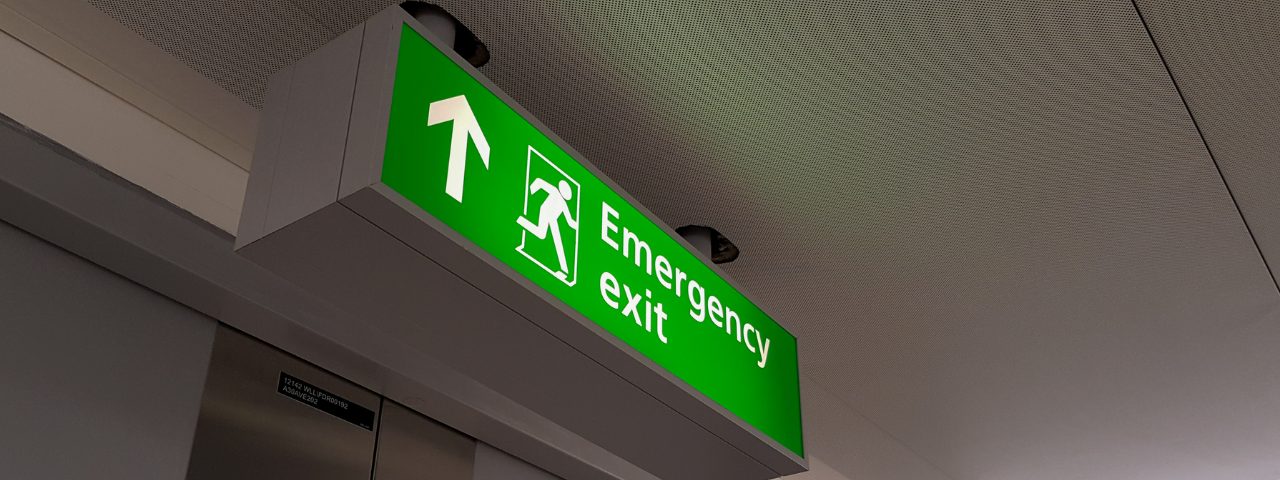How to Conduct Active Shooter Training
Gun violence is an unfortunate reality of living in the U.S., with a gun homicide rate 25 times higher than in other high-income countries.
Although public mass shootings are only a tiny percentage of the total deaths, they are often in the headlines due to the terrifying circumstances in how they unfold and the random selection of victims. A sad fact is that there have been over 4,500 “mass shootings” in the last ten years, equating to at least once a day. A mass shooting, in this scenario, is defined as a single outburst of violence in which four or more people are shot.
These horrific and devastating events are often referred to as active shootings. According to the U.S Department of Homeland and Security, they display the following characteristics:
- Victims are selected at random
- The event is unpredictable and evolves quickly
- Law enforcement is usually required to end an active shooter situation
Many infamous active shooter events, such as the school shootings at Sandy Hook and Columbine, are remembered primarily due to their location and the targeting of children. However, these events are far more likely to occur in offices, retail establishments, and restaurants. Due to this, staff can be trained in advance to react to minimize the devastation and save lives.
How to Respond to an Incident
Through the “Run, Hide, Fight” program, created by the Department of Homeland Security, staff can follow a clear set of actions. This awareness campaign has been widely adopted and has already saved lives. Here are the basics – Run | Hide | Fight:
- Have an escape route and plan in mind
- Leave your belongings behind
- Evacuate regardless of whether others agree to follow
- Help others escape, if possible
- Do not attempt to move the wounded
- Prevent others from entering an area where the active shooter might be
- Keep your hands visible
- Call 911 when you are safe
- Hide in an area out of the shooter’s view
- Lock the door or block entry to your hiding place
- Silence your cell phone (including vibrate mode) and remain quiet
- Fight as a last resort and only when your life is in imminent danger
- Attempt to incapacitate the shooter
- Act with as much physical aggression as possible. Improvise weapons or throw items at the active shooter
- Commit to your actions – your life depends on it
Training Your Staff
The most effective way to train your staff to respond to an active shooter situation is to conduct mock active shooter training exercises. Local law enforcement is an excellent resource in designing training exercises that teach:
- Recognizing the sound of gunshots
- Reacting quickly when gunshots are heard and when a shooting is witnessed
- Calling 911
- Reacting when law enforcement arrives
- Adopting the survival mindset during times of crisis
Additional Ways to Prepare for and Prevent an Active Shooter Situation
There are other factors that should be considered when creating an organizational policy.
- Prepare – Ensure that your facility has at least two evacuation routes
- Post evacuation routes in conspicuous locations throughout your facility
- Encourage law enforcement, emergency responders, SWAT teams, K-9 teams, and bomb squads to train for an active shooter scenario at your location
- Prevent – Foster a respectful workplace
- Be aware of indications of workplace violence and take remedial actions accordingly
The Employer’s Duty of Care
OSHA has made recommendations for businesses regarding active shooting and the workplace. Lawmakers have also held organizations accountable for not having appropriate training or other protocols, citing OSHA’s general duty clause. Given these changes, active shooter response training is quickly becoming a standard across the U.S.
Silverseal runs Active Shooter Training that is tailored to your place of work and the role of your people. Our instructors are all serving or former law enforcement professionals who have a wealth of operational and instructional experience. Your employees must be aware of the risks and how their immediate actions dictate their chances of survival. Failure to implement a collective response plan could cost lives.
Please reach out if you have any questions regarding our training services or require support in creating robust countermeasures against an active shooter event.

